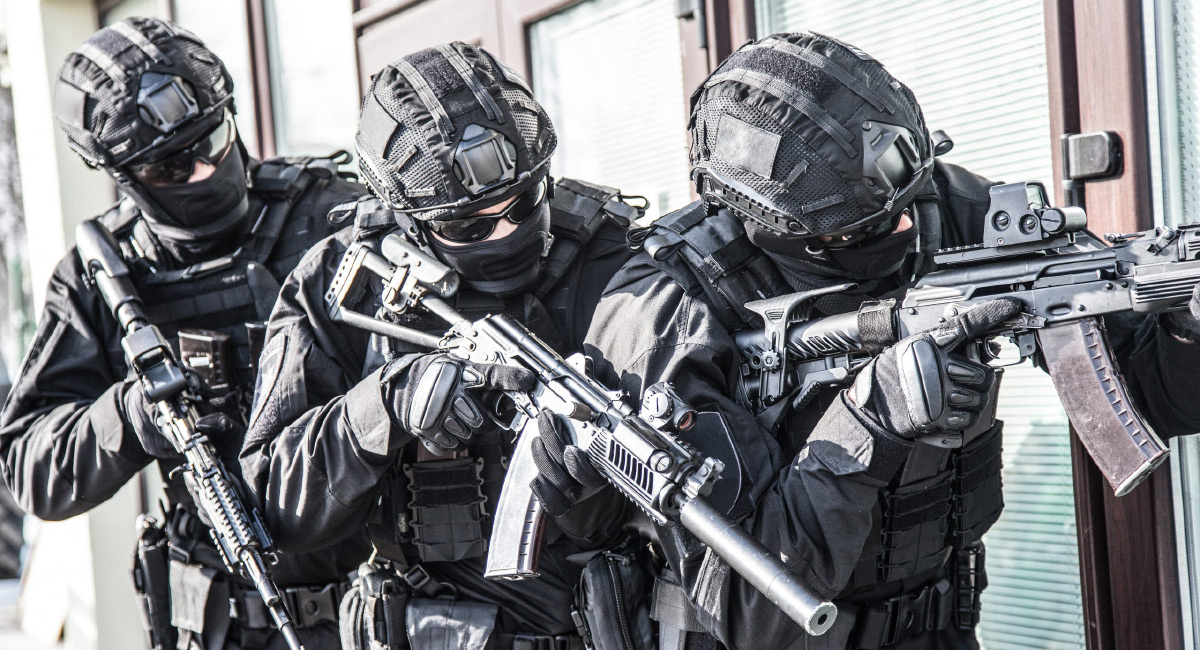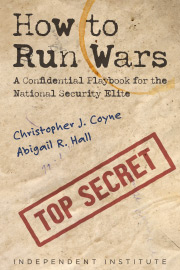We’ve all seen videos of Third World “police” in combat gear putting down demonstrations by physically assaulting protesters, turning heavy equipment and tear gas on them, or shooting into crowds. That’s what makes the recent events in Baltimore all the more disturbing. This time the “peace officers” in military combat gear, brandishing military-grade weapons and perched on armored military vehicles were ours.
No one knows what the Baltimore protests will look like in the coming days, though the criminal charges filed against six police officers in the homicide of Freddie Gray may have a calming effect. But the recent violence there and elsewhere has brought long-overdue attention to an important national development that had all but been ignored: the militarization of our police.
Over the past two decades police departments across the country have acquired large quantities of military equipment and have dramatically increased their use of questionable tactics like no-knock raids.
As citizens consider the merits of this trend, it is crucial to understand its origins.
Police militarization can be traced primarily to two policies: the war on drugs and the war on terror. Throughout the 1970s and 1980s, concerns over drug use in the United States prompted calls for local, state, and federal law enforcement to step up their efforts to curtail the drug trade. Drug interdiction and enforcement thus became the justification for increased policing resources.
At first, the response was mostly more of the usual conventional methods. Then, in 1981, Congress passed the Military Cooperation with Law Enforcement Act (MCLEA), which allowed the Department of Defense to offer training, intelligence, vehicles, and equipment to domestic police forces to combat drugs. This included items ranging from small handguns and night-vision goggles to armored cars, tanks, assault weapons, and aircraft. The impact of the act was swift. By 1982, 59 percent of law enforcement agencies maintained police paramilitary units or Special Weapons and Tactics units, according to Peter Kraska, an expert on militarization at the University of Kentucky. He found that more than 89 percent of police departments had a PPU by 1995.
The militarization of police departments accelerated following the terrorist attacks of 9/11 when the war on terror began. The federal government directed millions of dollars in cash and equipment to local police forces to combat the terrorist threat.
One example of this expansion can be seen in the Department of Defense’s 1997 Excess Property Program 1033, which allows the transfer of military equipment to local police. This was an offer the police couldn’t refuse. By 2010 some $212 million in military equipment was being transferred to local police annually—a number that more than doubled, to $450 million, by 2013.
The military-style police response we’ve witnessed in Baltimore and elsewhere should cause us all great concern. Police militarization has helped transform our country into a battlefield, where U.S. citizens are viewed not as civilians presumed innocent until proven guilty of a crime, but as enemies. Officers are trained to think of their patrols, not as their communities, but as “battlefields.” In fact, an internal memo to the Ferguson police department, describing protestors as “enemy forces” and “adversaries.”
We need to change direction.
An initial step would be to end the 1033 program and similar initiatives that encourage the transfer of military equipment to the police. Citizens also should reconsider the costs along with any benefits of providing police forces with military-style assault training. Moreover, it’s time to seriously reconsider the larger policies under which police militarization occurred and expanded.
If we don’t address these concerns, we are likely to see repeats of the kind of tragedies that befell Baltimore, Ferguson, and elsewhere.
















